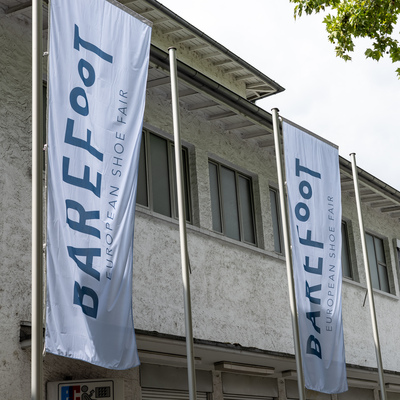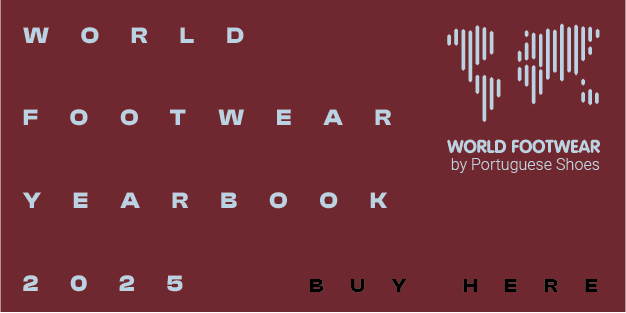Domestic demand fuels modest growth for the German footwear industry

According to figures released by the Federal Association of the German Footwear and Leather Goods Industry (HDS/L), sales by German footwear manufacturers increased slightly in the first half of 2025, fuelled entirely by domestic demand.
Total sales increased by 1.3% to 1.16 billion euros in this period, up from 1.15 billion euros in the first half of 2024. Domestic sales grew by 5.1% year-on-year to reach 924 million euros, while foreign sales declined by 11% year-on-year to reach 242 million euros.
International Trade
Between January and May, Germany exported 159.8 million pairs of shoes, reflecting a 4% increase on the same period a year ago. Despite the average export price falling by 1.3% to 27.83 euros per pair during this period, the value of exports increased by 2.6% year-on-year to 4.45 billion euros, highlighting price pressures.
Poland remained the top destination market for Germany. In the first five months of the year, the volume of footwear exports from Germany to Poland rose by 11.5%, as compared to the same period in 2024. This was followed by exports to France, which grew by 6.2%, and to Italy, which grew by 11.4%. However, exports to Austria, Switzerland and the UK fell by 0.8%, 1.1% and 1.9% respectively.
It should be noted that German footwear exports to the US rose by 22% from January to May, amounting to 6.9 million pairs, on a comparable basis to the same months last year. Tariffs remain a key concern. A framework agreement reached in late July between the EU and the US regulated most duties at 15%, averting a threatened 30% levy from Washington. “What was true yesterday may already be outdated tomorrow”, the association warned, emphasising the uncertainty that companies face.
Meanwhile, imports surged. In the first five months of 2025, Germany imported 331 million pairs of shoes, which represents a 17.2% increase, as compared to the same period a year ago. Vietnam and Indonesia gained ground as suppliers, with growths of 36.1% and 33.0%, respectively. Nevertheless, China accounted for over 40% of imported footwear, with an increase of 13% to 138 million pairs.
Outlook
“Despite the current volatile and uncertain conditions and subdued consumer sentiment in Germany”, mainly driven by geopolitical risks ranging from conflicts in Ukraine and the Middle East to protectionist trends in the US, HDS/L sees “signs of positive change for the industry in the coming months”.
According to the organisation, there are opportunities in niche products, such as barefoot shoes, as well as in digital retail. A recently concluded EU–Indonesia free trade agreement could also improve access to sourcing and sales markets, as well as the advance of the discussions about the EU Commission’s announced reduction in bureaucracy for small and medium-sized enterprises.
Image Credits: Gonzalo Leon Jasin on Unsplash

















